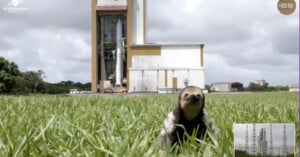
Adorable Sloth Steals the Show by Photobombing Rocket Launch
A lovable sloth named Gerard photobombed a major rocket launch in South America when he unexpectedly appeared on the livestream.

A lovable sloth named Gerard photobombed a major rocket launch in South America when he unexpectedly appeared on the livestream.
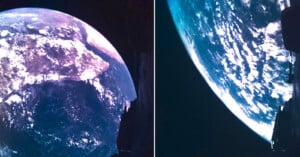
A space probe that will explore Jupiter and its moons beamed back farewell selfies with planet Earth in situ hours after it was successfully launched on Friday.
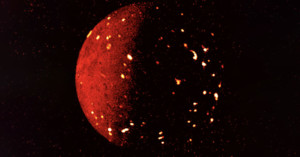
NASA has released a stunning photo of fiery lava lakes glowing brightly on the surface of Io, one of Jupiter's moons.
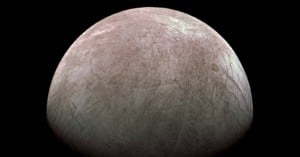
Andrea Luck, known in astronomy for his unique image processing of planetary images, has released several newly edited, highly-detailed images of Europa.
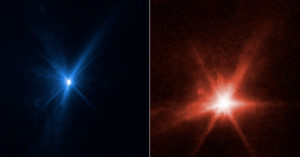
The James Webb Space Telescope and the Hubble Space Telescope both managed to capture detailed images of the impact of the planetary defense Double Asteroid Redirection Test (DART). It is the first time that Webb and Hubble have simultaneously observed the same celestial target.
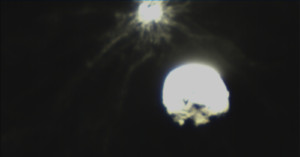
NASA's planetary defense Double Asteroid Redirection Test (DART) concluded earlier this week and the first photos taken by a small “mini photographer” spacecraft called the LICIACube have been published.
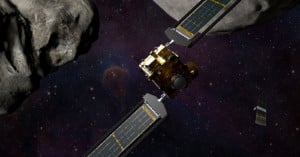
NASA's Double Asteroid Redirection Test (DART) is the world's first planetary defense test mission and it has deployed a smaller "mini photographer" spacecraft that will record all of the details of its planned impact with an asteroid.
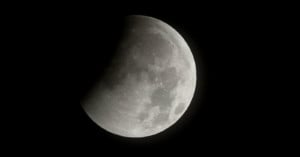
NASA will soon launch the Artemis I which will fly 40,000 miles beyond the Moon and back to demonstrate the capability of sending humans back to lunar orbit. To celebrate, NASA wants to see everyone's best moon photos in its #NASAMoonSnap campaign.
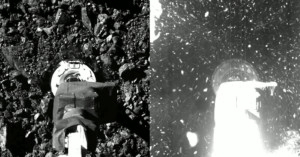
NASA has shared footage that its OSIRIS-REx spacecraft captured when it landed on the asteroid Bennu which shows that the surface was a lot less stable than anticipated, leading the space agency to compare it to a "plastic ball pit."
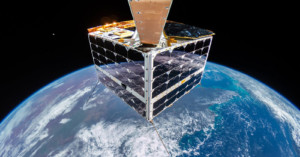
NanoAvionics sent a satellite into space with a selfie stick attached to a GoPro, which then transmitted back the world's first spacecraft selfie in 4K.
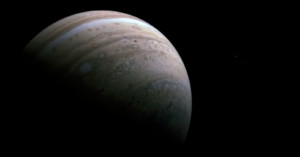
NASA has shared an absolutely breathtaking photograph of Jupiter and two of its moons Io and Europa, recently captured by the Juno Spacecraft.
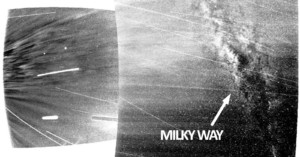
NASA announced this week that its Parker Solar Probe was the first spacecraft to ever "touch the Sun" by flying through its corona, or upper atmosphere. The probe captured the first photos ever from within the corona, and those images were then turned into this incredible 13-second timelapse video.
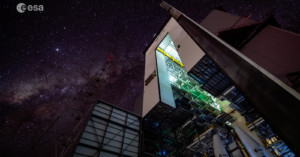
Watching any Milky Way timelapse is almost always an awe-inspiring experience, but add in the stellar location of the European Space Agency's (ESA) Ariane 6 rocket launch site and you've got a recipe for something truly special.
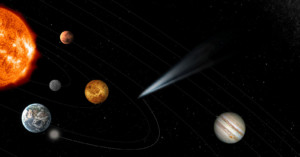
The European Space Agency (ESA) has announced a new mission that will have the goal of intercepting a comet with a special composite spacecraft in order to shoot photos of it.
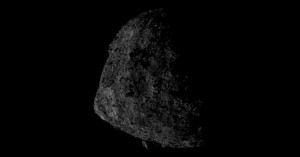
After photographing Earth and the Moon from 71 million miles away back in January, NASA’s OSIRIS-REx spacecraft is back again with a new photo of its target asteroid, Bennu, shot from an incredibly close distance of just 0.4 miles (690m) away.
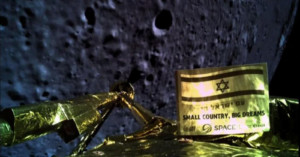
The Israeli spacecraft Beresheet, the first privately funded Moon mission, crashed onto the lunar surface yesterday, but not before successfully taking this selfie with the Moon in the background.
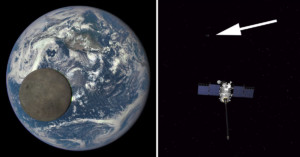
What would iconic space probe photos of celestial bodies in our solar system look like if they had been shot with an ordinary smartphone camera? Astronomer Scott Manley made this 12.5-minute video that explains the answer, which is: "not much."
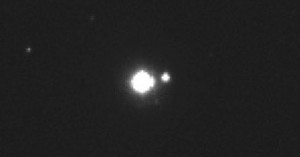
Here's a new photo that shows Earth and the Moon from a whopping 71 million miles away. It was captured by NASA's OSIRIS-REx, which is currently on a mission to obtain a sample from a near-Earth asteroid and return it to Earth.
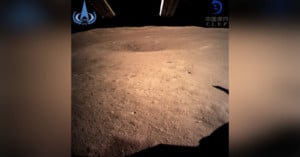
China just became the first country to achieve a soft-landing on the far side of the moon after its Chang'e-4 probe landed at 2:30 AM Universal Time today. And shortly after landing, the probe sent back this first photo ever shot from the surface of the "dark side of the moon."
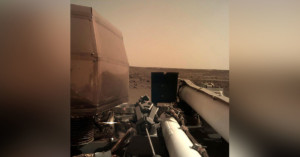
After a half-year journey covering over 30 million miles, NASA's InSight lander just touched down on the surface of Mars to begin its mission of studying the red planet's deep interior. InSight also captured and sent back this first clear photo from the ground, a 1-megapixel selfie.
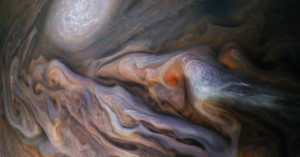
NASA just released this new close-up photo of the swirling clouds found on Jupiter. It was captured by the Juno spacecraft on October 29th, 2018, during its 16th close flyby of the gas giant.
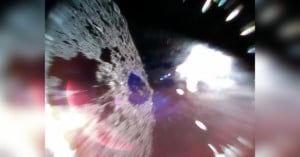
Japan just made history by landing two small rovers on the surface of an asteroid hurtling through space 174 million miles (280 million km) from Earth, and here's the first published photo from the rovers shot from the surface of 162173 Ryugu.
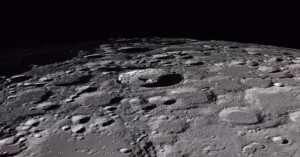
NASA has released a new eye-popping virtual tour of the moon in 4K resolution using imagery and data gathered by its Lunar Reconnaissance Orbiter spacecraft since 2009.

Every 53 days, NASA's Juno spacecraft flies close to Jupiter and travels from the giant gas planet's north pole to and past its south pole, shooting photos along the way. The eye-opening 2-minute video above was created using a set of these still photos.
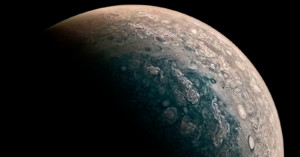
Five years after beginning its very long journey, NASA's Juno spacecraft has beamed back photos of Jupiter’s poles for the first time... and they're stunning.
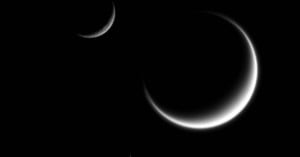
Saturn has 62 known moons, and NASA recently captured three of the more prominent ones together in the same …
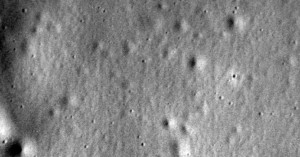
NASA's MESSENGER mission came to an end yesterday after the space probe slammed into Mercury's surface at about 8,750 mph. The photo above is the last photo that was sent back to scientists on Earth before impact.
Here's an interesting fact: thousands of photos were still on the MESSENGER when it was destroyed -- images that we will never get a chance to lay eyes on.

After a nine year journey towards the outer edge of our solar system, NASA's New Horizons spacecraft has beamed back its first color photo of Pluto and its largest moon Charon. The photo above, captured "just" 71 million miles away from the dwarf planet, is the closest color photo ever made of Pluto.
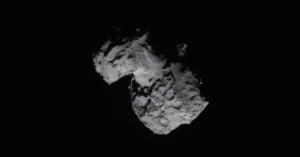
We've never wondered what it's like to approach a comet... just never crossed our minds. The ESA, on the other hand, spent many years wondering as the Rosetta spacecraft made its way towards the Comet Churyumov-Gerasimenko; and at the beginning of this month, they got to see it happen first-hand.
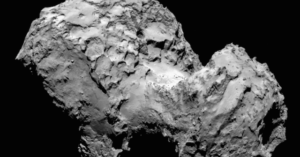
After a decade of travel, the European Space Agency‘s Rosetta spacecraft has finally reached it’s destination. Launched in 2004, Rosetta’s goal was to arrive at Comet Churyumov-Gerasimenko (67P), which it has finally done, after racking up 6.4 billion kilometers on its odometer.